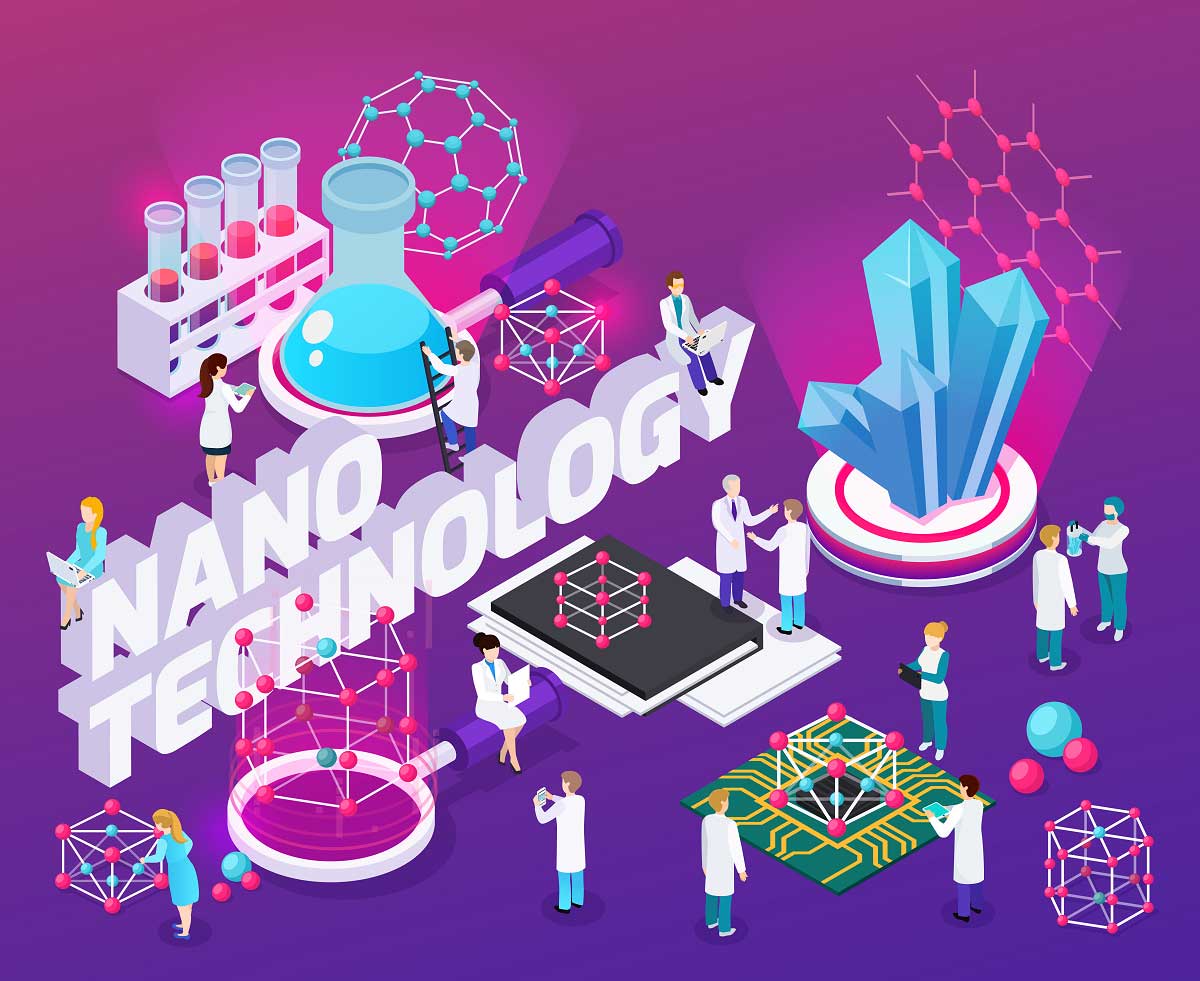
As the world's population continues to grow, the demand for food is also increasing, and finding sustainable and secure methods of food production is becoming increasingly important. Nanotechnology is a rapidly evolving field that has the potential to revolutionize the food industry. In this article, we will examine the benefits and drawbacks of using nanotechnology in food production and its potential implications on food sustainability, security, health, and the environment.
What is Nanotechnology?
Nanotechnology is the study and application of matter at the nanoscale. It involves the manipulation of individual atoms and molecules to create new materials and devices with unique properties. The field of nanotechnology has seen tremendous growth in recent years, and its applications are widespread, including in the food industry.
Nanotechnology in Food Production
Nanotechnology has the potential to transform the food industry in a number of ways, from improving crop yields to creating safer and more nutritious food products. The use of nanotechnology in agriculture can help farmers to increase crop yields and reduce the use of pesticides. For example, nanotechnology can be used to create more efficient fertilizers that target specific parts of the plant, reducing the amount of waste and improving the overall efficiency of the process.
Another example of the use of nanotechnology in food production is the creation of fortified food. Nanotechnology can be used to add essential nutrients, such as vitamins and minerals, to food products in a way that is more efficient and effective than traditional methods. This can help to address nutrient deficiencies and improve overall health.
Nanosensors are another example of how nanotechnology can be used in the food industry. Nanosensors can detect harmful contaminants in food, such as bacteria and chemicals, and alert consumers to potential health risks. This can help to improve food safety and prevent food-borne illnesses.
Benefits of Nanotechnology in Food Production
- Increased efficiency: Nanotechnology has the potential to make food production more efficient and sustainable, reducing waste and improving yields.
- Improved food safety: Nanotechnology can be used to detect harmful contaminants in food and prevent food-borne illnesses.
- Improved nutrition: Nanotechnology can be used to add essential nutrients to food products in a way that is more efficient and effective than traditional methods.
- Reduced use of pesticides: The use of nanotechnology in agriculture can help to reduce the amount of pesticides used, improving the overall sustainability of food production.
Drawbacks of Nanotechnology in Food Production
- Health risks: There is a concern that the use of nanotechnology in food production may have negative health effects, although more research is needed to fully understand the potential risks.
- Environmental risks: The potential environmental risks of nanotechnology in food production are not yet fully understood, and more research is needed to determine its impact on the environment.
- Regulation: The regulation of nanotechnology in food production is still in its early stages, and there is a need for more comprehensive regulations to ensure that it is used safely and sustainably.
Conclusion
In conclusion, the use of nanotechnology in food production has the potential to revolutionize the way we produce food and make it more sustainable and secure. However, there are also potential risks and drawbacks to using nanotechnology in food production, and more research is needed to fully understand its impact on health and the environment. Overall, it is important to approach the use of nanotechnology in food production with caution and to carefully consider its potential benefits and drawbacks before embracing it fully.
Nanotechnology

